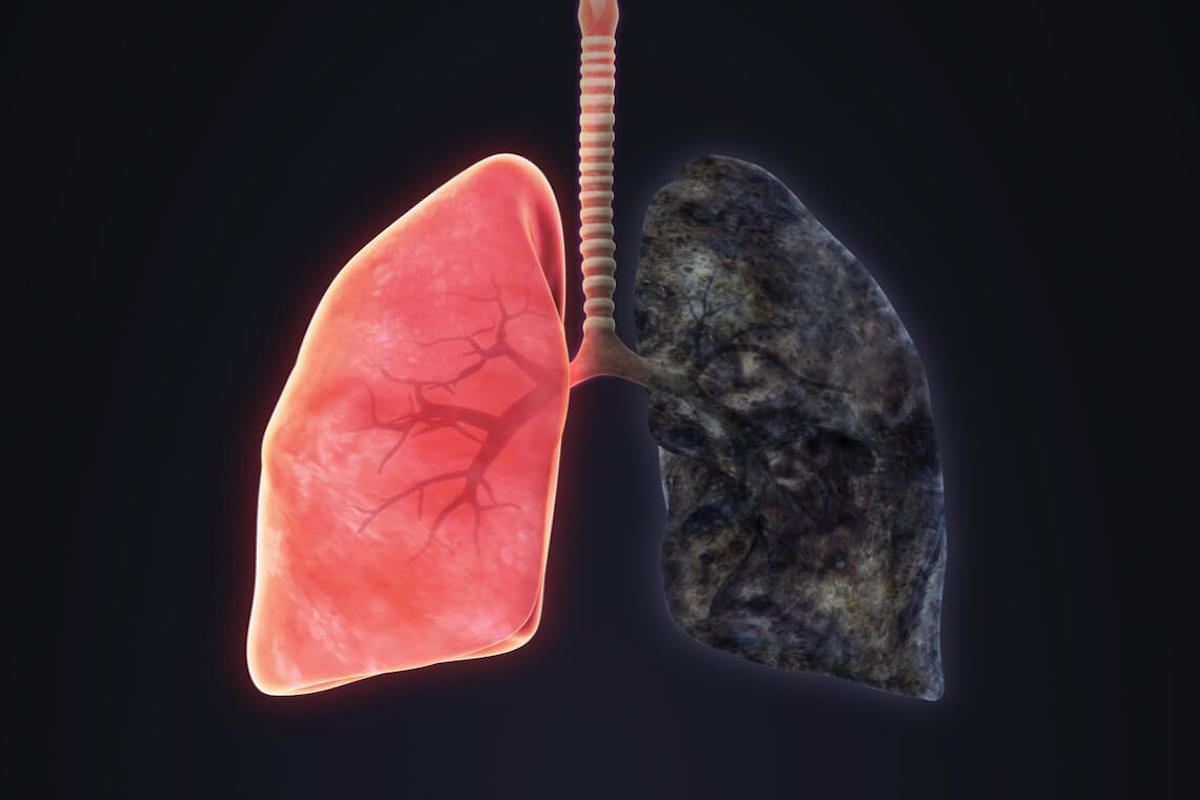Emphysema is a chronic lung disease that affects millions of people worldwide. It’s a common disease in the United States, where over 3 million people are diagnosed with it every year. It’s a progressive disease that damages the lungs over time, making it difficult for people to breathe properly. In this article, we will explore what emphysema is, what causes it, who is at risk, what the symptoms are, how it’s diagnosed, and what treatment options are available.

What Is Emphysema
It’s a chronic lung disease that affects the air sacs in the lungs, called alveoli. These air sacs become damaged and lose their elasticity, making it difficult for them to expand and contract properly. As a result, the lungs are unable to get rid of carbon dioxide efficiently, and the person has trouble breathing. This chronic pulmonary disease is often accompanied by other COPD diseases, such as chronic bronchitis.
Causes & Types of Emphysema
It is usually caused by long-term exposure to airborne irritants, such as cigarette smoke, air pollution, and chemical fumes. It can also be caused by a rare genetic disorder called alpha-1 antitrypsin deficiency. There are two types: centrilobular emphysema, which affects the upper lobes of the lungs, and panlobular emphysema, which affects the entire lung.
Who Is At Risk?
Anyone who is exposed to airborne irritants is at risk of developing this. However, people who smoke are at the highest risk. Other risk factors include a family history of emphysema, exposure to air pollution or chemical fumes, and a rare genetic disorder called alpha-1 antitrypsin deficiency.
Symptoms of Emphysema
This chronic pulmonary disease has several symptoms that can worsen over time. The most common symptom is shortness of breath, which can make it difficult for people to do daily activities such as walking, climbing stairs, or carrying heavy objects. Other symptoms may include:
- Wheezing: a high-pitched whistling sound when breathing in or out.
- Chronic cough: a cough that lasts for months and produces mucus.
- Fatigue: feeling tired or weak even after getting enough rest.
- Frequent respiratory infections: such as bronchitis or pneumonia.
- Swelling in legs and ankles: due to the buildup of fluid in the body.
These symptoms can be mild at first, but they can worsen over time, making it difficult to perform even simple tasks.
How Is It Diagnosed?
Emphysema is usually diagnosed through a physical exam, lung function tests, and imaging tests, such as chest X-rays or CT scans. The doctor may also order blood tests to check for alpha-1 antitrypsin deficiency.
Treatment Options for Emphysema
Unfortunately, there is no cure for this lung condition, but there are several treatment options available to help manage the symptoms and slow down the progression of the disease. Treatment options include medications, oxygen therapy, pulmonary rehabilitation, and in severe cases, surgery. Quitting smoking and avoiding airborne irritants are also important steps in managing emphysema.
As mentioned earlier, anyone can develop emphysema, but people who smoke are at the highest risk. Quit (or never start) smoking is the best option to prevent this disease or other chronic lung diseases. Still need information about this condition, or do your symptoms not match those listed above? Then search further here quickly:

